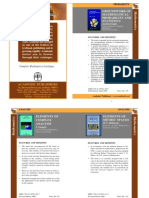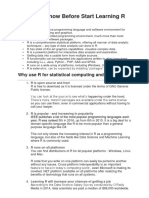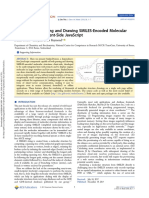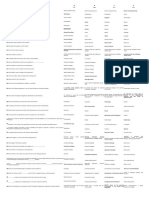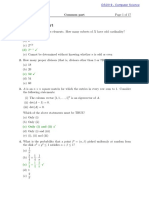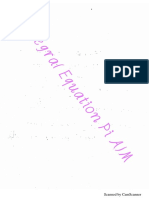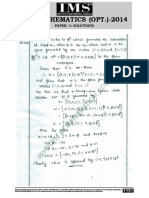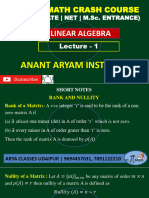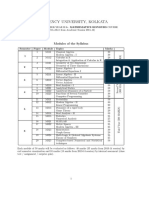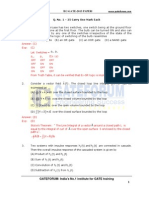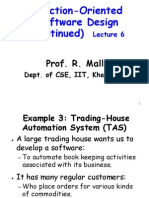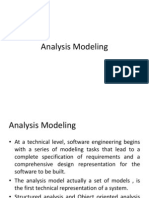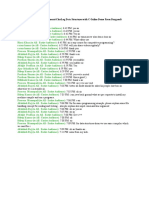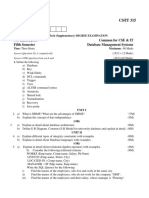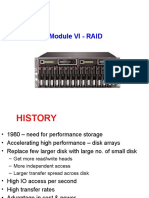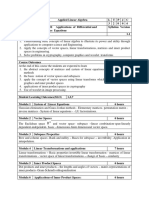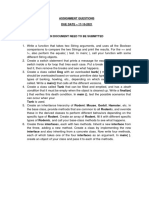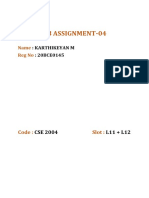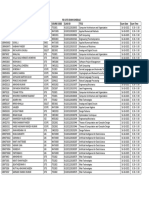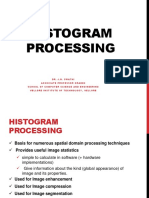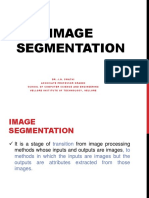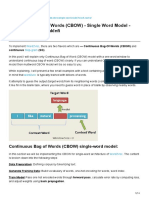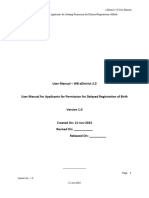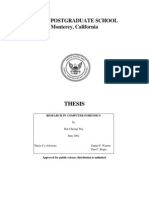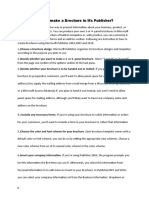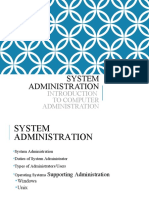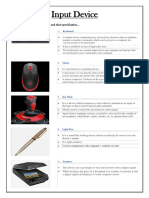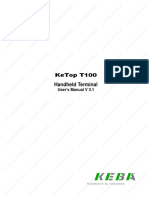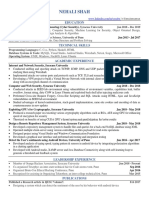0% found this document useful (0 votes)
347 views70 pagesA Large Trading House Wants Us To Develop A Software
The document describes a proposed trading house automation system (TAS) that would automate bookkeeping activities for a large trading house. The system would maintain customer information like names, addresses, and customer identification numbers. It would check customers' creditworthiness and availability of ordered items in inventory before processing orders. If items are unavailable, the order would be added to a pending orders file to generate purchase orders later. The system would also generate bills, inventory adjustments, and reports for management.
Uploaded by
Majety S LskshmiCopyright
© © All Rights Reserved
We take content rights seriously. If you suspect this is your content, claim it here.
Available Formats
Download as PDF, TXT or read online on Scribd
0% found this document useful (0 votes)
347 views70 pagesA Large Trading House Wants Us To Develop A Software
The document describes a proposed trading house automation system (TAS) that would automate bookkeeping activities for a large trading house. The system would maintain customer information like names, addresses, and customer identification numbers. It would check customers' creditworthiness and availability of ordered items in inventory before processing orders. If items are unavailable, the order would be added to a pending orders file to generate purchase orders later. The system would also generate bills, inventory adjustments, and reports for management.
Uploaded by
Majety S LskshmiCopyright
© © All Rights Reserved
We take content rights seriously. If you suspect this is your content, claim it here.
Available Formats
Download as PDF, TXT or read online on Scribd
/ 70
